Exploring Religion in Public Schools: Academic vs. Religious Freedom
VerifiedAdded on 2023/05/28
|5
|765
|174
Essay
AI Summary
This essay delves into the multifaceted debate surrounding the presence and role of religion in public schools, tracing its historical roots and legal battles, particularly concerning the First Amendment. It examines the arguments for and against religious practices in schools, highlighting the potential for abuse, lack of teacher training, and the complexities of teaching religious history accurately and objectively. The essay also acknowledges the academic benefits of studying religion, such as providing a comprehensive understanding of its impact on literature, history, and culture, as well as fostering character traits like courage and civility. It concludes that while religious education should be permitted in public schools, its implementation must be carefully regulated to meet educational standards, promote interfaith harmony, and maintain neutrality, emphasizing that the approach taken by schools is crucial for success. Desklib provides access to similar essays and study resources for students.
1 out of 5
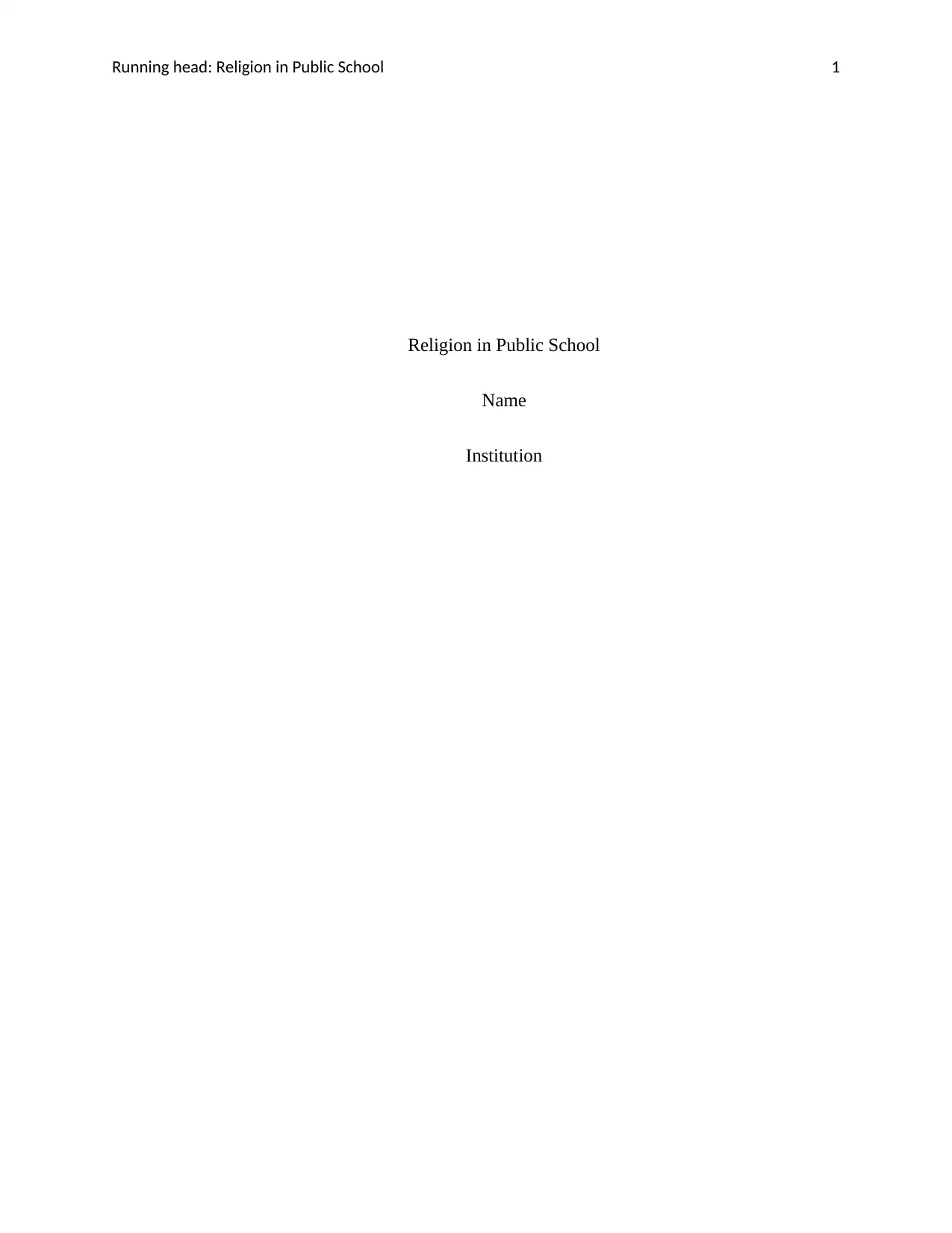
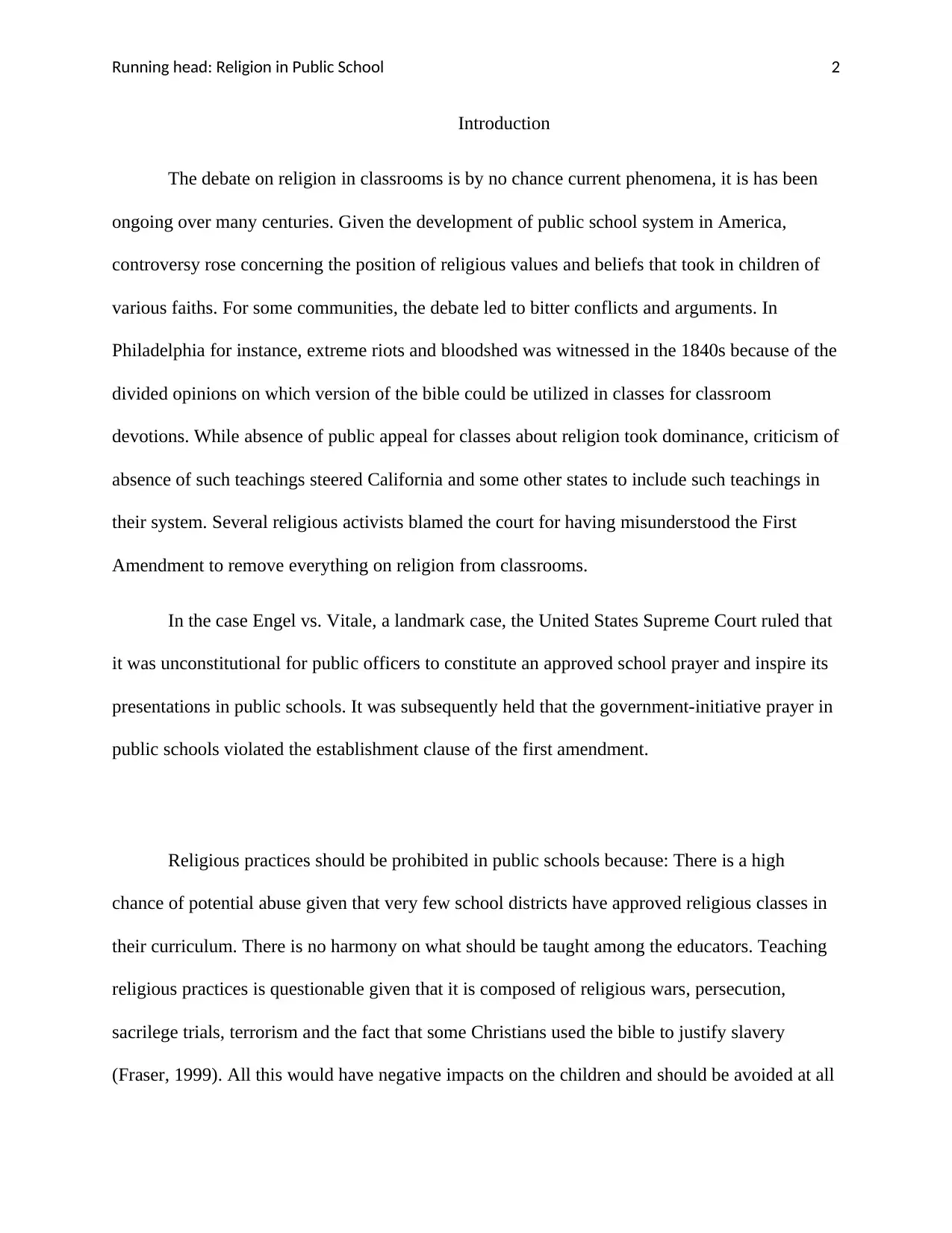
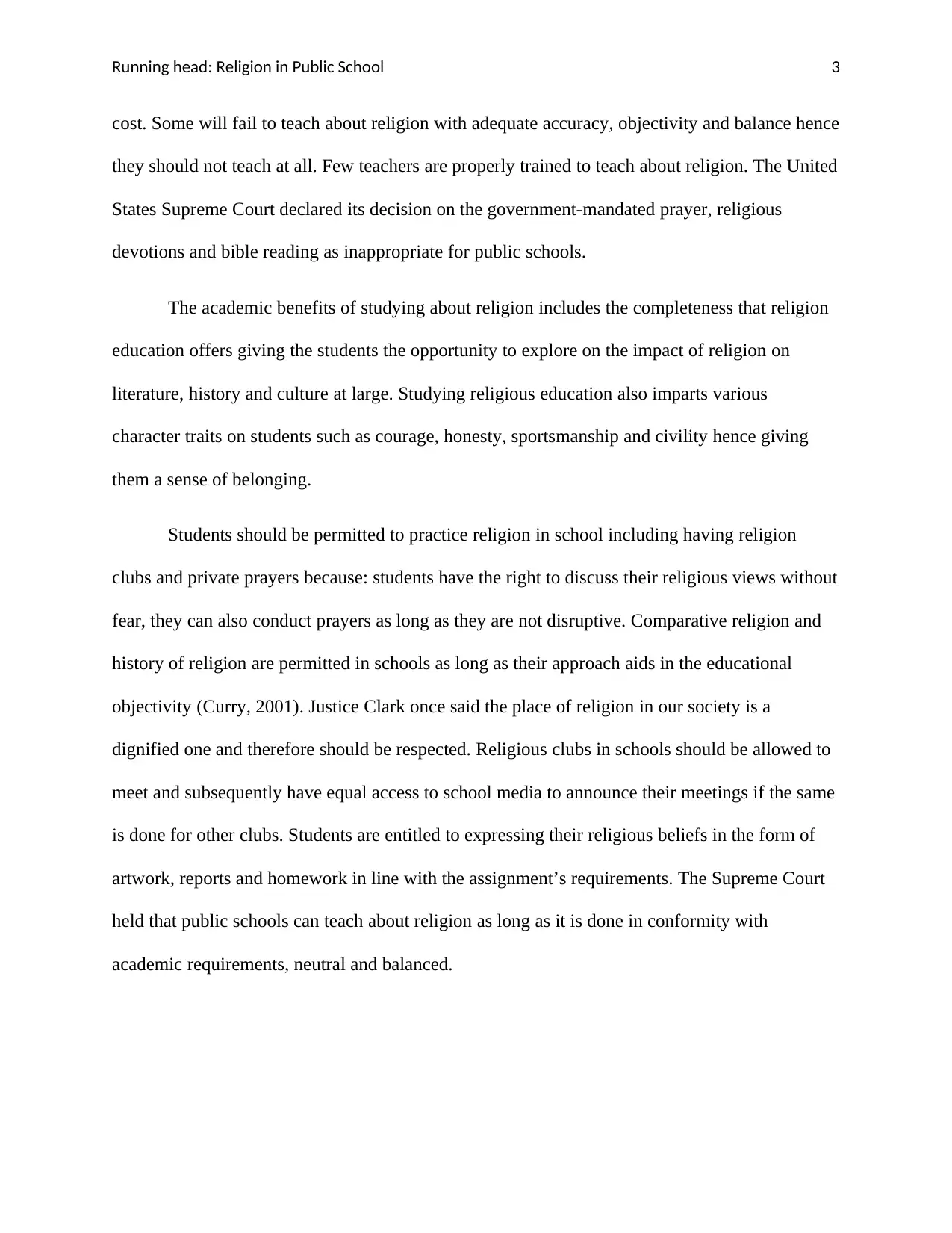

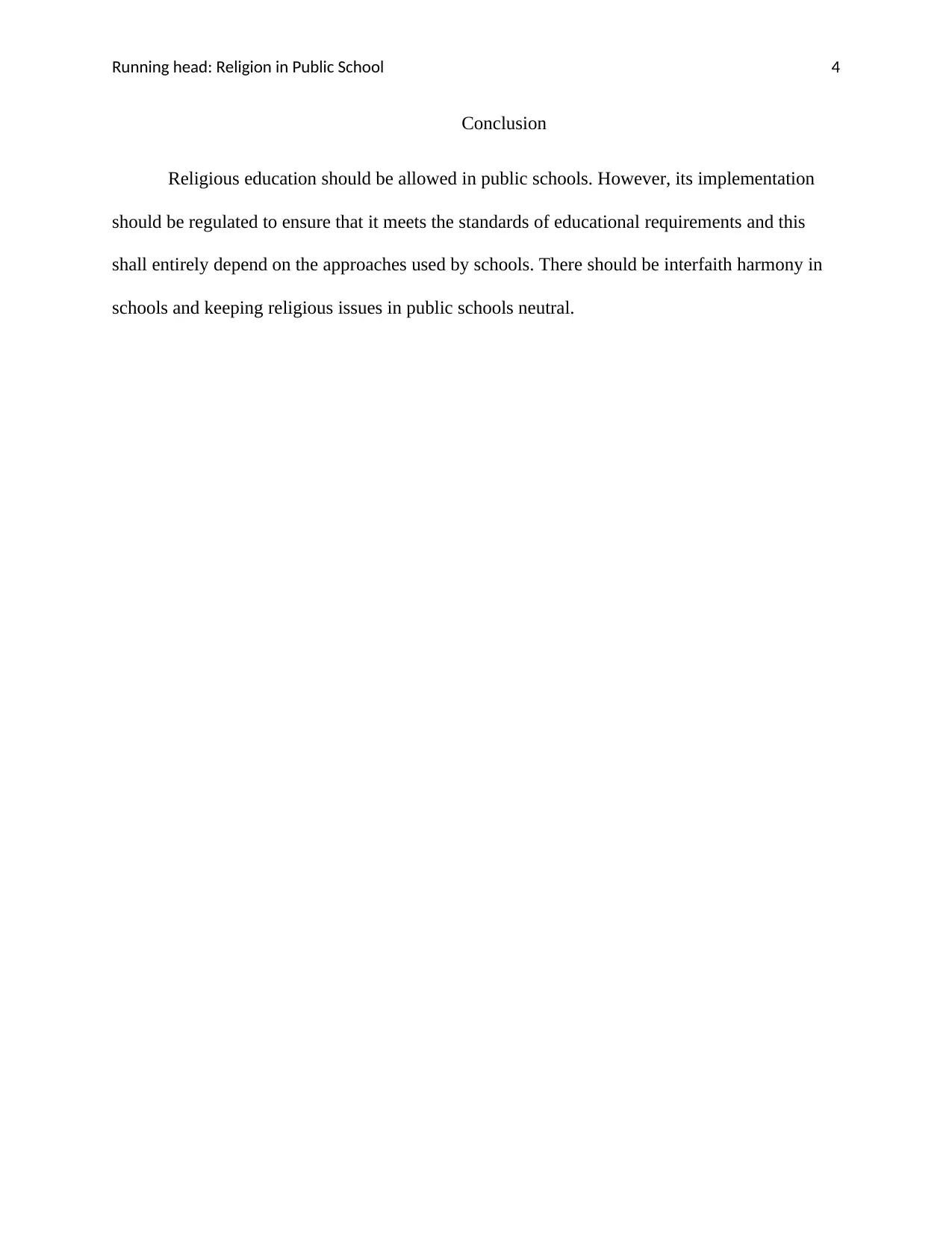
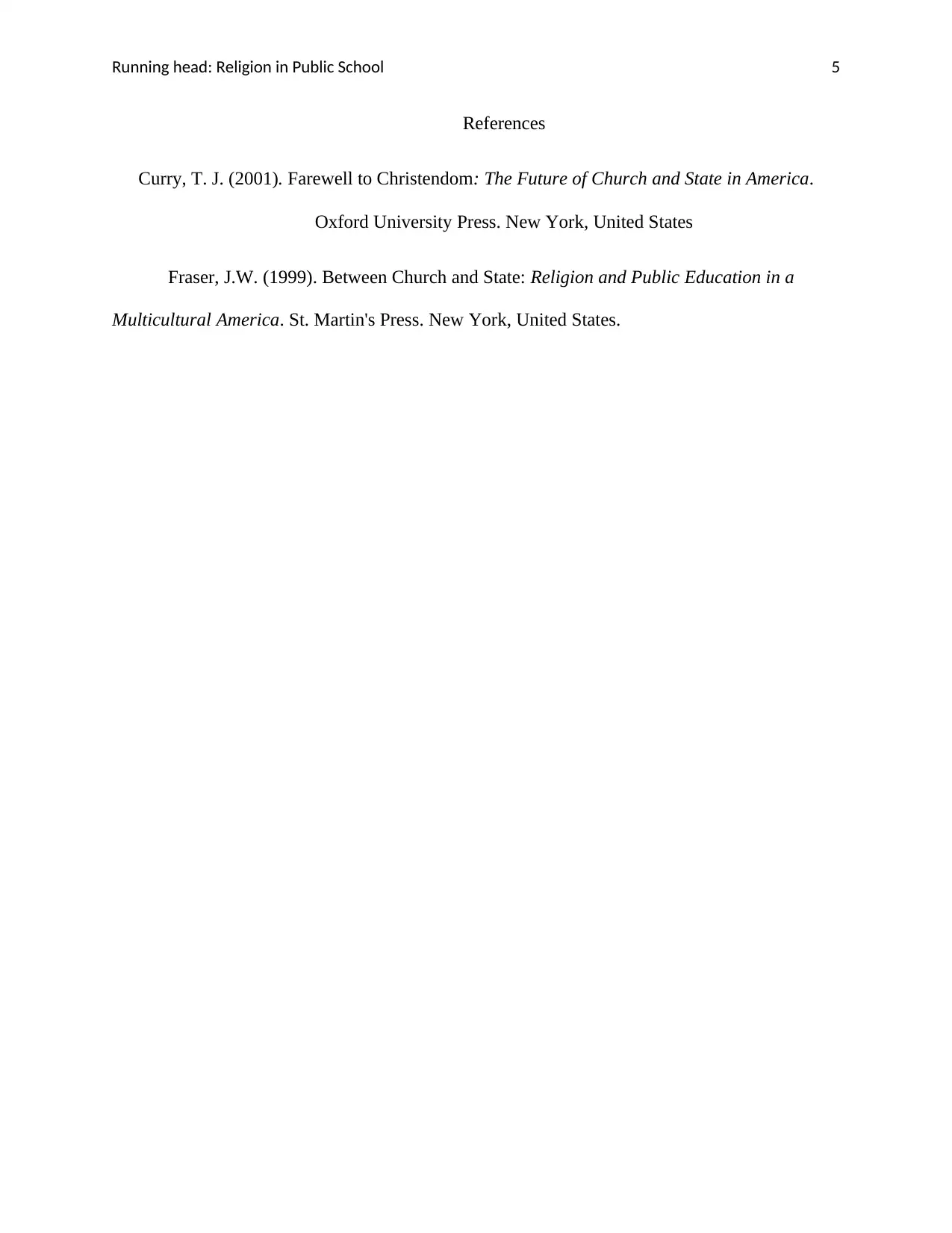


![[object Object]](/_next/static/media/star-bottom.7253800d.svg)